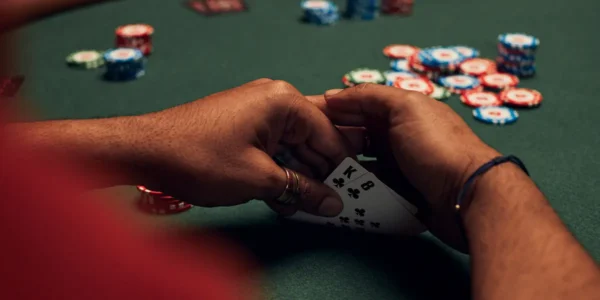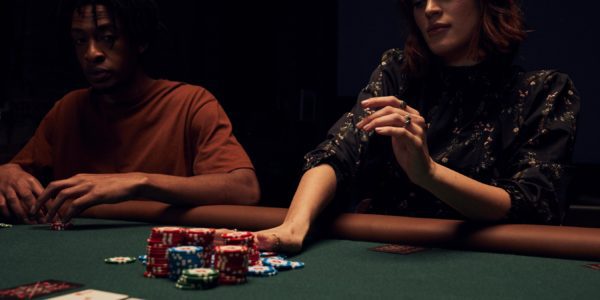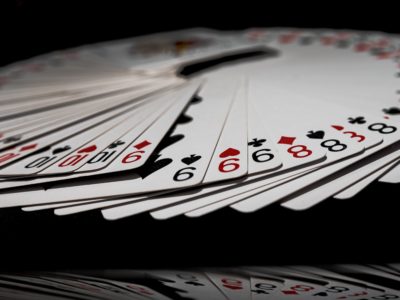What you can learn from being card dead
Let’s be honest, being card dead isn’t the most fun experience in poker. It seems like a lot of waiting around. Endless folding. Round after round of throwing cards in the muck, not even a suited connector to raise with, aces and broadways nowhere to be seen.
Do not despair. Being card dead isn’t the end of the world. It’s an opportunity to study other players and to find creative ways to win pots.
Here’s what you can learn from being card dead.
How to study other players
Poker involves a lot of folding at the best of times, but when you’re card dead this can seem like a nightmare. You’re rarely dealt a playable hand and when you are it quickly becomes dead on the flop.
You’ll definitely learn patience as you gain experience playing poker, but there’s more to it than waiting around for hands. You can use this time wisely to study other players at the table.
When you fold a hand, stay with it and follow the action. Try to predict what is going on, analyse bet sizing and gain as much information as you can about how others play. If a hand goes to showdown, watch it back to see what happened.
By doing this, downtime in between hands becomes more interesting. And more useful. By gaining reads on players and staying in tune with table dynamics, you’ll be able to gain maximum value when you do pick up a hand.

How to use your rock image to bluff
Focusing on other players and the overall table dynamics will also allow you to find situations in which you can bluff. This will allow you to pick up pots even when you’re card dead.
Being card dead also contributes to a tight image. Other players might see you as a rock who is scared to play hands, even though in reality you’ve had nothing remotely worth playing.
You may be able to use this tight image to your advantage by stealing more blinds and stabbing at pots on the flop. Opponents will expect you to have it when you bet and raise more often.
Just be aware that your image will change if you start playing more pots, or if you showdown a bluff.
How to focus on other factors
If you’re only picking up weak starting hands, you can’t start raising with them out of boredom or frustration. The cards are very important in poker and the strength of your hand can’t be ignored.
Yet there are other factors involved when playing a poker hand. Things like position, stack sizes, board texture, opponent’s ranges and their tendencies. Being card dead can help you to understand these and make decisions based on all of these factors combined.
For example, if you are on the button and stack sizes are relatively deep, you can open-raise a very wide range of hands, 50 percent or even more against tight opponents. If the big blind calls and the flop is ace-high with no draws, you can often take the pot down with a continuation bet.
Cards mean a lot in poker, but they are not everything. Being card dead really gives you the opportunity to look for other spots.
How to play short stack poker
If worse comes to worse and you are completely card dead in tournament poker, you’ll usually get to a point in which you have a short stack of 10-20 big blinds. At this stage, most of your decisions will be preflop, often involving pushing all in.
It’s somewhat inevitable that some of the tournaments you play will turn out this way. You’ll be card dead for a few orbits when the blinds are high and suddenly you’re stack is looking shorter.
Thankfully, shorter stacks have more profitable opportunities to shove or re-raise all in. The chips gained from stealing blinds and re-stealing raises is huge relative to your stack.
With 10 big blinds or less, you can shove very wide from late position. With 15-20 big blinds, you can look for spots to reshove, targetting aggressive players who are raising light.
Whether you are deep stacked or being card dead has reduced you to rubble, there’s always something to learn and a chance to pull it back.
View Other Blogs



























